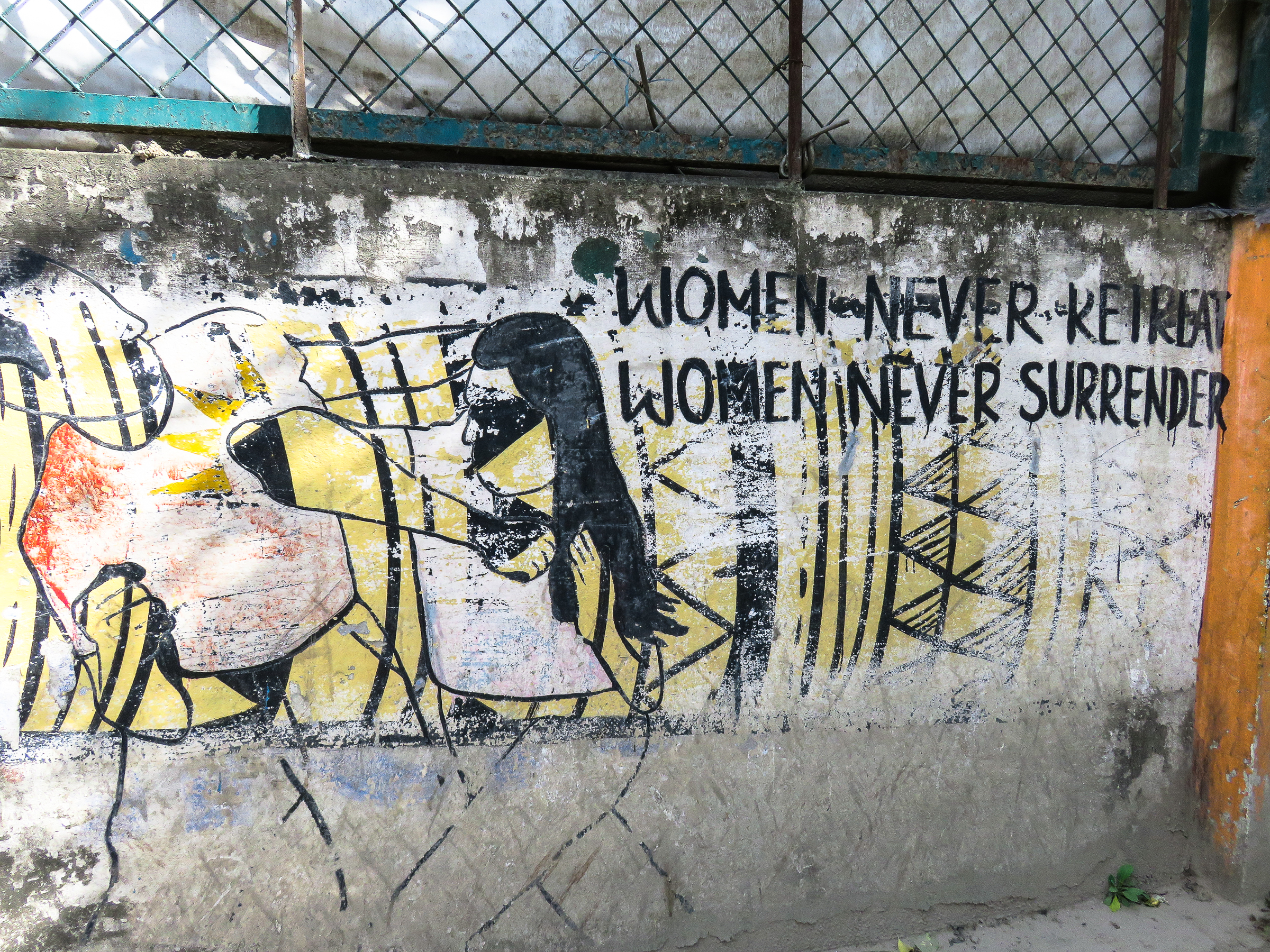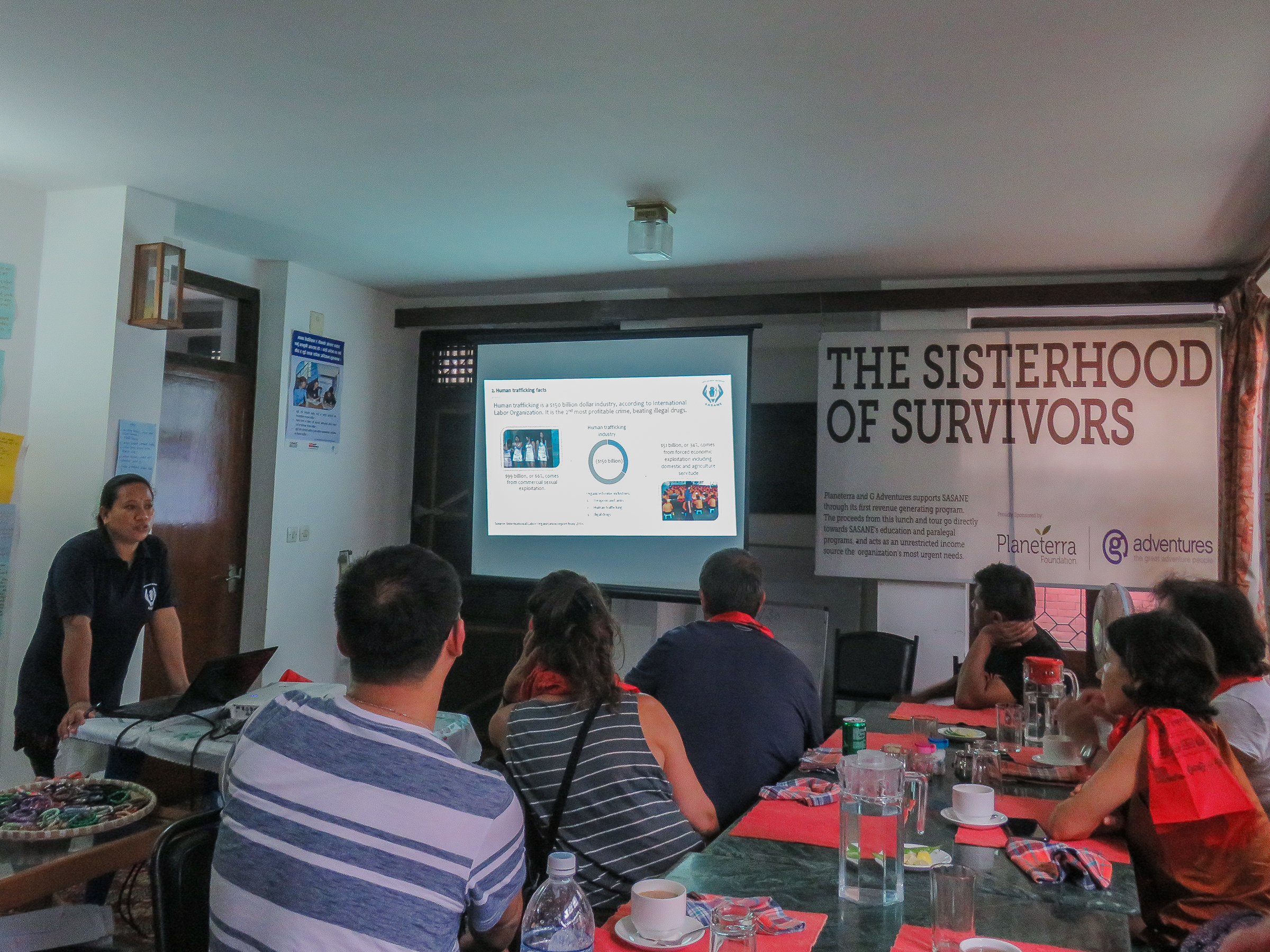
Thousands of Nepali girls and women are trafficked each year. Many make transnational journeys to trafficking hubs where they are sold in exchange for sexual acts. Others are internally trafficked for the entertainment sector—frequented by locals and tourists alike—within Nepal.
In 2007, the government introduced the Human Trafficking and Transportation (Control) Act, which defines trafficking, entrusts the government with coordinating the rescue and rehabilitation of survivors, and delineates punishments for perpetrators. But even with stricter laws in place, many survivors fall through the cracks of the criminal justice system due to governmental oversight and lack of enforcement.
Sex trafficking has been compounded by recent events in Nepali history. The 7.8 Richter Scale earthquake that shook the country in April of 2015 left thousands displaced from their homes, without protection, and vulnerable to traffickers. That September, the Indian blockade sealed the India-Nepal border, intensifying the already dismal economic situations of many Nepalis. As a consequence, some people turned to crime for income, and trafficking within Nepal increased.
Rather than surrendering to the power of the lucrative industry, a robust civil society of community activists, lawyers, police personnel, and survivors has formed the backbone of the anti-trafficking movement within Nepal. These homegrown activists are banding together to push for preventative measures, stronger laws with stricter enforcement, and justice for survivors. Nicole Brigstock reports on the anti-sex trafficking movement in Nepal, covering the stories of those who are on the front-lines of ending trafficking and empowering survivors.
-
×
 English
English





